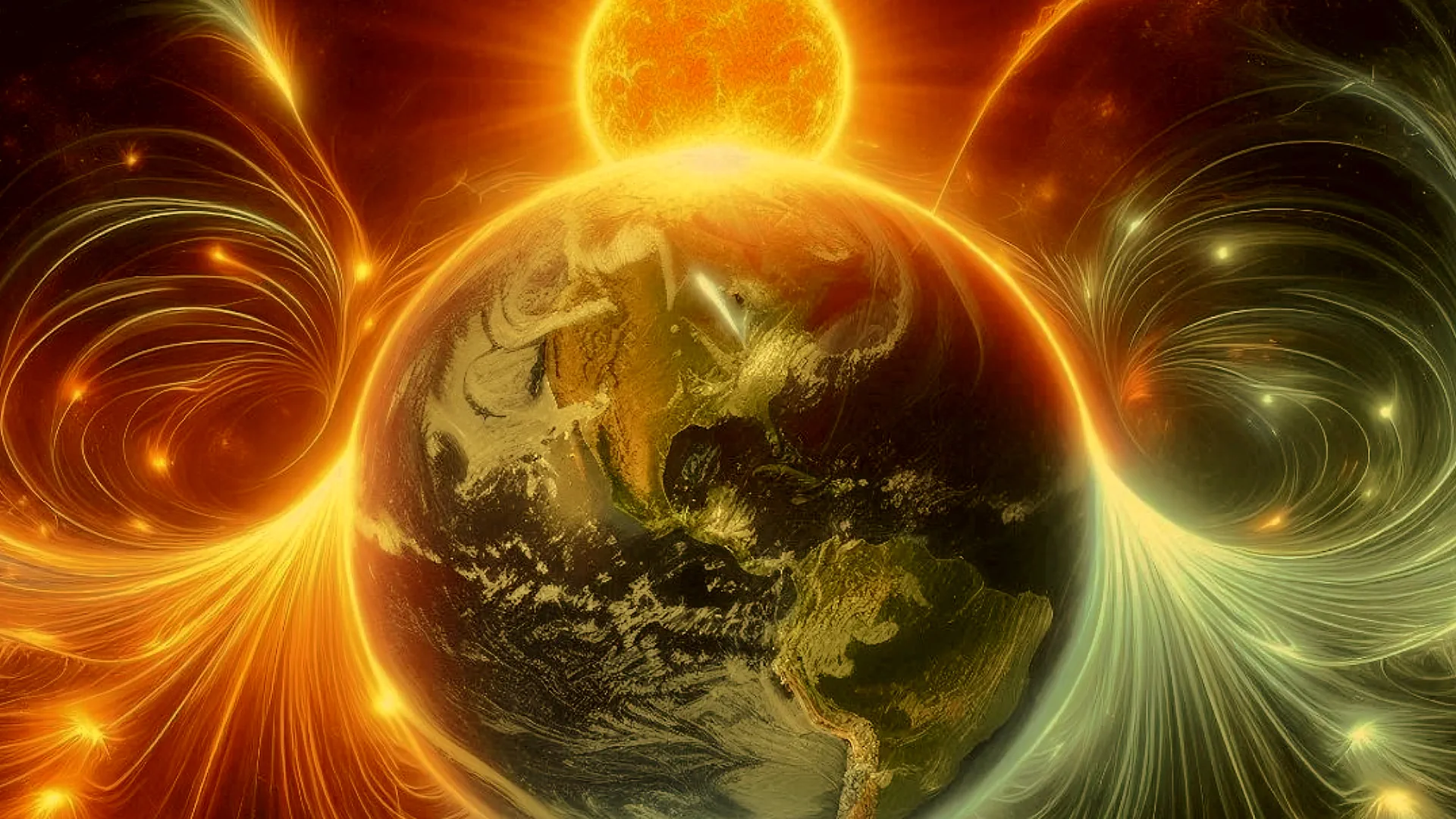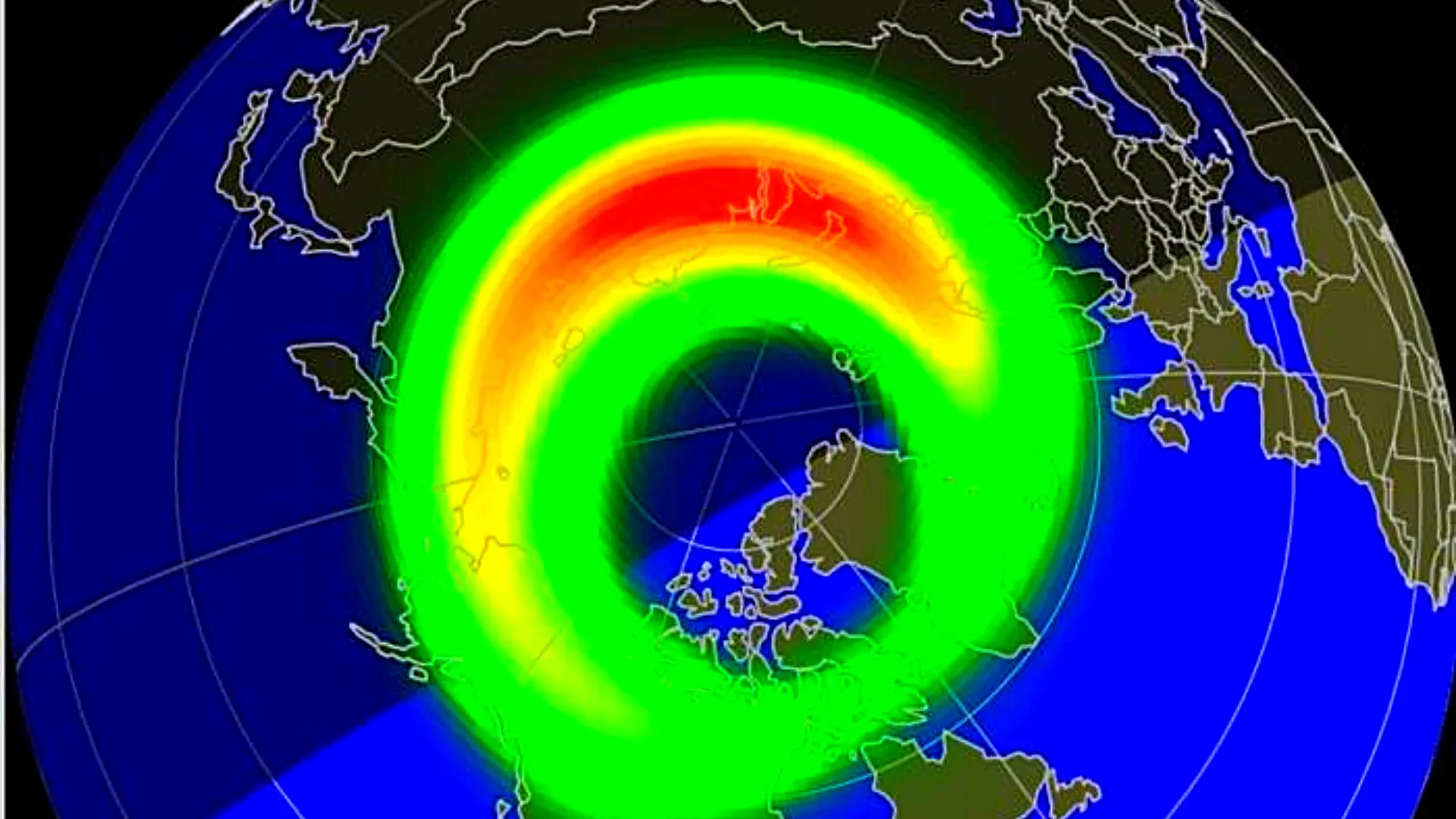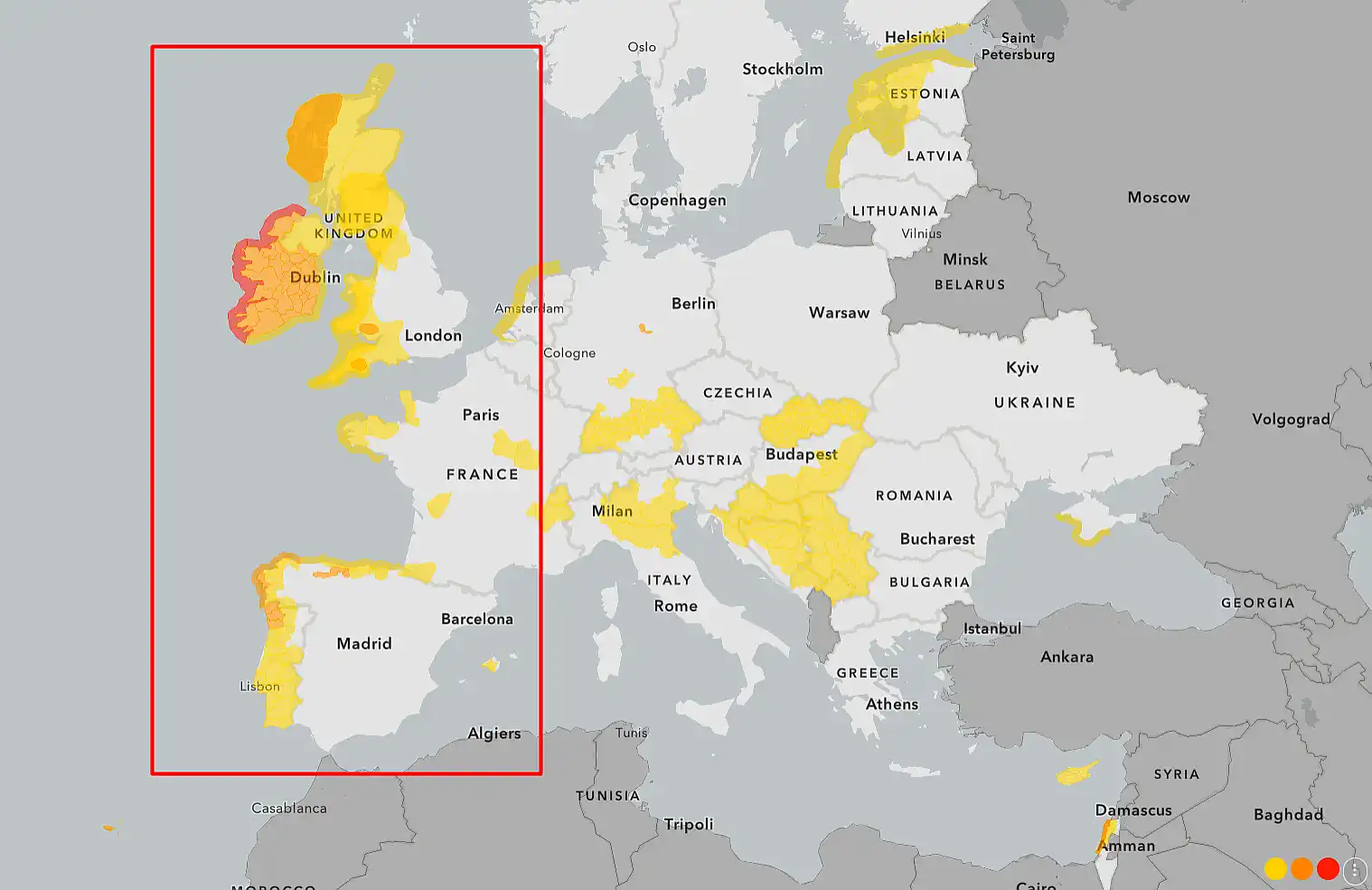
Changes in the Earth’s magnetosphere and Alfvén wings.
The Earth’s magnetosphere is an invisible shield that protects our planet from charged particles of the solar wind. However, this shield is not static. It is constantly exposed to solar activity, cosmic rays and other factors, which leads to various changes in its structure and behavior. One of such interesting phenomena is the Alfvén wings.
What are Alfvén wings?
Alfvén wings are dynamic structures that form in the Earth’s magnetosphere when interacting with the solar wind. They are areas of enhanced magnetic field that extend from the Earth into outer space. These structures were named after the Swedish physicist Hannes Alfvén, who studied the properties of magnetic waves in plasma.
How are Alfvén wings formed?
The formation of Alfvén wings is associated with processes occurring in the magnetosphere during magnetic storms. The solar wind, carrying charged particles and a magnetic field, interacts with the Earth’s magnetosphere. As a result of this interaction, various waves and disturbances arise, which can lead to the formation of Alfvén wings.
The influence of Alfvén wings on the Earth
Alfvén wings can have a significant impact on processes occurring in the Earth’s magnetosphere. They can:
Change the structure of the magnetosphere: Alfvén wings can deform the magnetosphere and change its shape.
Accelerate charged particles: Electrons and ions can be accelerated within the Alfvén wings, which can lead to the formation of auroras and other space phenomena.
Influence space weather: Changes in the magnetosphere caused by the Alfvén wings can lead to disturbances in the operation of satellites and communication systems.
Recent research Alfvén wings
Recent research shows that the Alfvén wings play an important role in the transfer of energy and mass between the Sun and the Earth. They can serve as channels for the solar wind to penetrate the magnetosphere and accelerate particles. In addition, the Alfvén wings may be associated with the occurrence of magnetic substorms, which can cause geomagnetic disturbances on Earth.

The Role of Alfvén Wings in the Formation of Polar Lights
Alfvén wings play an important role in one of the most beautiful and mysterious phenomena on our planet – the polar lights.
How are Alfvén wings related to the polar lights?
Particle Acceleration: Alfvén wings act as a kind of accelerator for charged particles such as electrons and ions. When these particles are accelerated along the Earth’s magnetic field lines, they collide with atoms in the upper atmosphere.
Excitation of atoms: When accelerated particles collide with atoms, they become excited. The excited atoms return to their normal state and emit light, creating the bright and colorful streaks and curtains that we see as auroras.
Energy transfer: Alfvén wings transfer energy from the solar wind to the Earth’s magnetosphere and further into the upper atmosphere, providing energy for the formation of auroras.
Factors affecting the intensity and shape of auroras
Solar activity: The higher the solar activity, the more energy is transferred to the Earth’s magnetosphere, and the more intense the auroras can be.
Geomagnetic activity: Magnetic storms caused by solar flares and coronal mass ejections can enhance the auroras.
Season: Polar lights are most often observed during the autumn and spring equinoxes.
Geographical location: Polar lights are most often observed at high latitudes, near the Earth’s magnetic poles.
Alfven wings play a key role in the formation of one of the most beautiful and mysterious natural phenomena – the polar lights. Studying these structures allows us to better understand the processes occurring in the Earth’s magnetosphere and their impact on our planet.
Gleb Perov is the founder and chief meteorologist of POGODNIK, a leading weather forecasting service in Eastern Europe. With over 15 years of hands-on experience in meteorology and climate analysis, he has worked private weather services.
Gleb is the author of numerous scientific and analytical publications on climate, magnetic storms, and atmospheric processes. He regularly collaborates with major international agencies such as NOAA, ECMWF.




